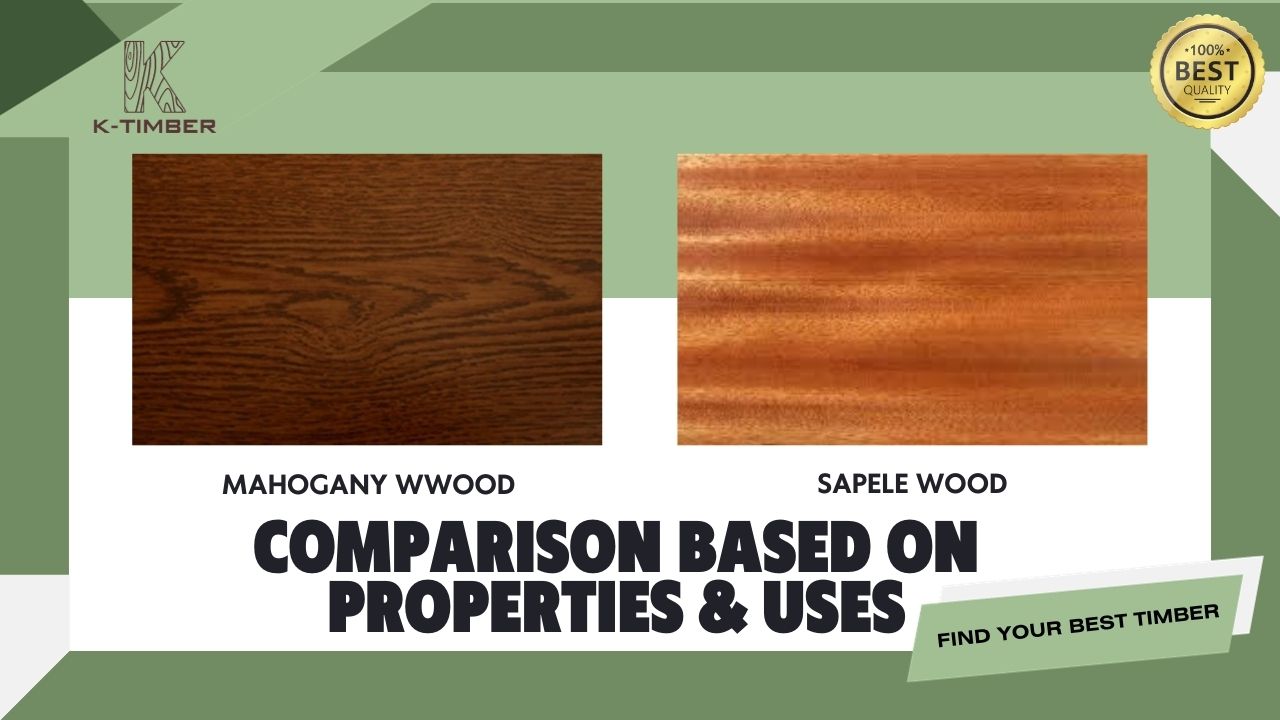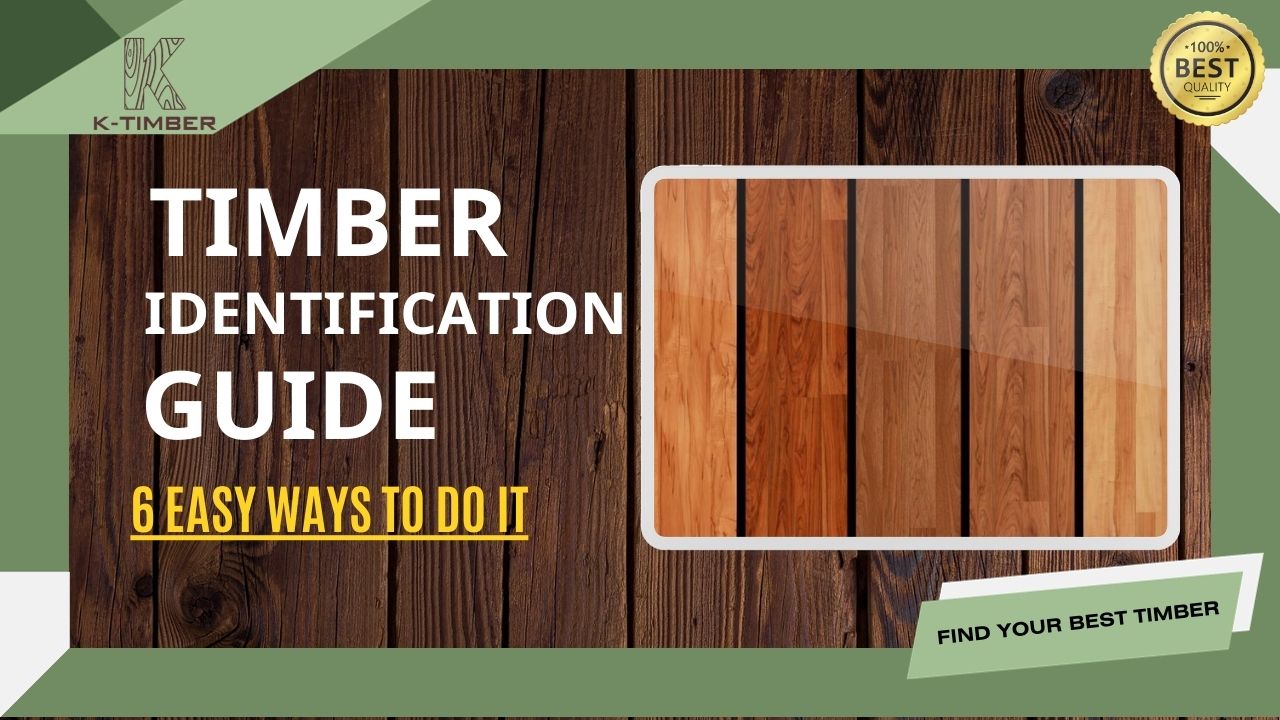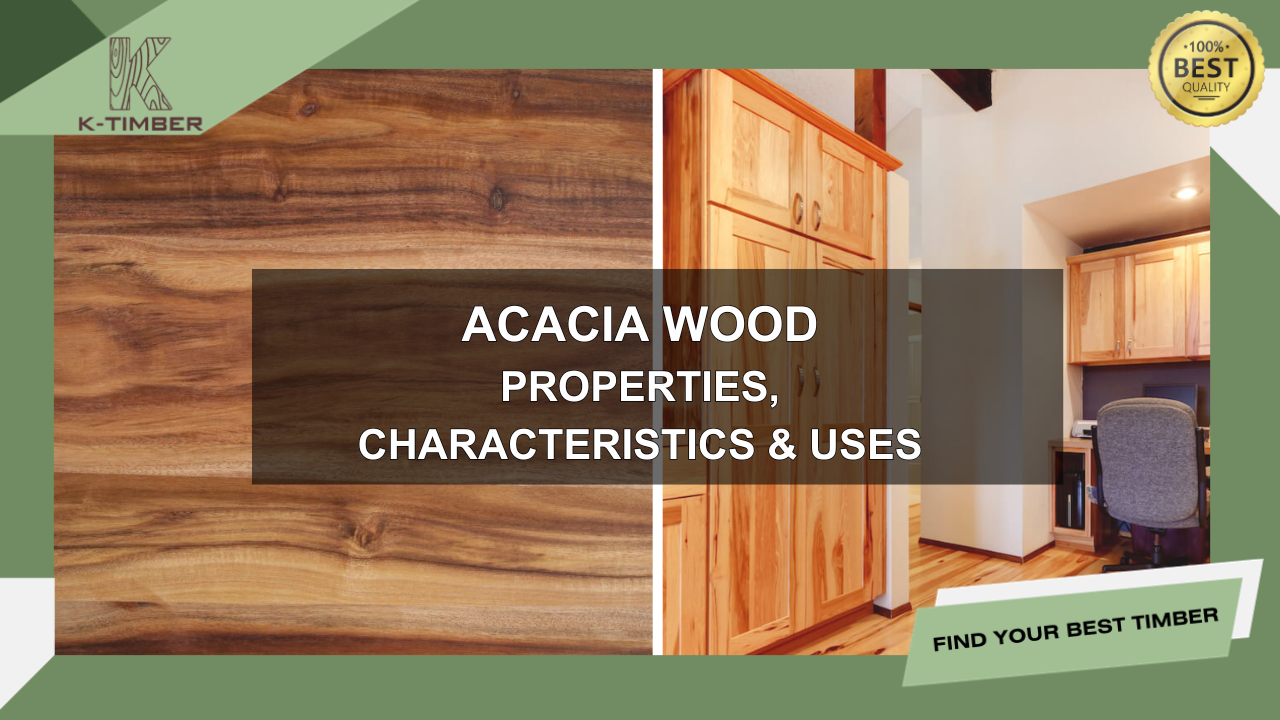Hardwood and softwood are two types of wood that are commonly used in a variety of applications, from construction to furniture making. While the terms “hardwood” and “softwood” may seem to suggest that one type of wood is physically harder than the other, this is not always the case. The difference between hardwood and softwood is primarily determined by the type of tree from which the wood comes. So let’s explore with K-Timber the difference between these two types of wood in the article below.
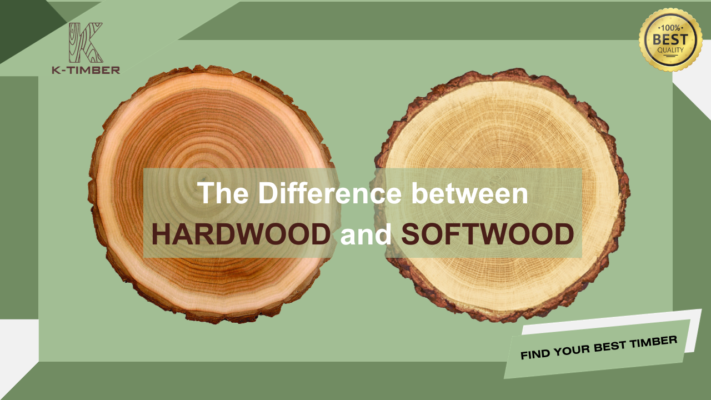
Table of Contents
What is the Difference Between Hardwood and Softwood?
To accurately determine which type of wood is right for your project, you need to understand the difference between hardwood and softwood, as well as the pros and cons of each type of wood. Below is a detailed comparison table of the top differences between hardwood and softwood:
| Difference Type | Hardwood | Softwood |
| Botanical Classification | Hardwoods come from angiosperm trees, which are flowering plants. These trees typically have broad leaves that fall off every year. | Softwoods come from gymnosperm trees, which are cone-bearing plants. These trees typically have needle-shaped leaves or scales and remain evergreen. |
| Growth Rate | Hardwood trees generally grow slower. This is because hardwoods produce more complex wood cells, which takes longer to do. | Softwood trees grow faster in a shorter period and are denser. |
| Density | Hardwoods are dense and more resistant to damage, but they can also be more difficult to work with. | Softwood has a lower density, which means that it is less durable than hardwood. |
| Color | Hardwoods often have darker colors because they contain more tannin – the compounds that give wood its color. | Softwoods often come in lighter colors, such as white, yellow or pink. |
| Applications | Hardwoods are often used for high-end applications, such as furniture, cabinets, and flooring. They are also used for musical instruments and other specialty items. | Softwoods are often used for construction, framing, and other applications where strength and durability are not as critical. |
| Maintenance | Hardwood timber is easy to clean and maintain due to its durability. | Softwood timber, on the other hand, is less durable and requires more regular maintenance to extend its lifespan. |
| Cost | Hardwoods are generally more expensive than softwoods because they grow slower and are more difficult to harvest and process. | Softwood timbers are cheaper because they grow faster and are easier to source. |
| Water resistance | Hardwood is often more dense, making it more difficult for water to penetrate the surface. | Softwood has a softer wood structure, resulting in water being able to penetrate and be absorbed more easily. |
* NOTE: In particular, eucalyptus wood and Iroko wood are two different types of wood but have many similarities that make them good substitutes for each other in many applications. Eucalyptus wood and Iroko wood are both highly durable and resistant to termites. However, Iroko wood has more beautiful wood grain and is more expensive than eucalyptus wood.
What is Hardwood Timber?
Hardwood timber is wood that comes from angiosperm trees, which are flowering trees with broad leaves. Hardwood trees typically grow slower than softwood trees, and their wood is denser and stronger. Hardwood timber is prized for its beauty, durability, and versatility.

What are some Typical Examples of Hardwood?
At K-TIMBER, we offer a variety of African hardwoods with outstanding durability such as
| Types of wood | Characteristic | Applications | Images |
| Takula | Takula wood is reddish brown or dark brown in color, with beautiful grain and straight grain. This type of wood is highly durable, termite-resistant, and water-resistant. | Takula wood is used to make high-end furniture, exterior decoration, and in industries such as shipbuilding. | 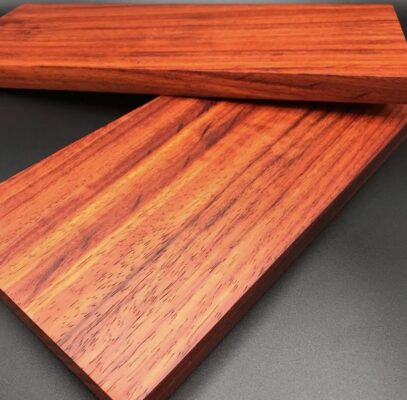 |
| Doussie | Doussie is a hardwood with a color ranging from light brown to pale red. Doussie has swirling or curly grain, straight smooth texture, high durability, impact resistance, and good abrasion resistance. | Doussie wood is typically used in decorative applications, such as furniture, flooring, carving, and heavy industries. | 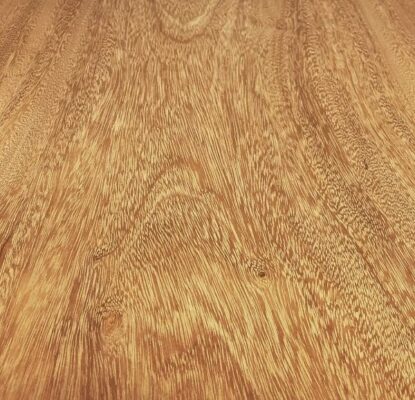 |
| Mussivi | Mussivi wood is a type of hardwood with a color ranging from reddish brown to reddish-orange. This wood has the properties of being hard, strong, durable, and resistant to termites and water. | Mussivi wood is often used in high-end furniture, wooden floors, decoration, and shipbuilding. | 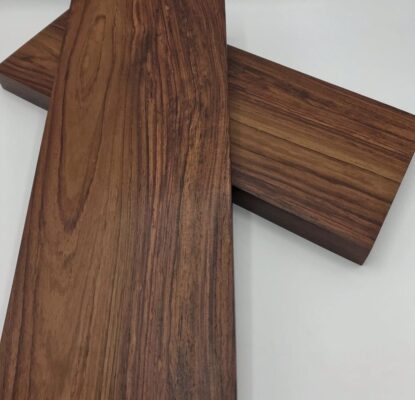 |
| Sipo | Sipo wood has a dark reddish brown to black color. This type of wood has beautiful grain, often in a spiral or wavy pattern. The grain can be clearly seen on the surface of the wood. | Sipo wood is used for a variety of applications, such as furniture, doors, cabinets, flooring, and outdoor furniture. | 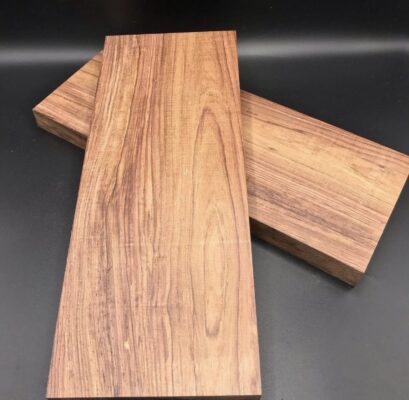 |
| Sapele | Sapele wood ranges in color from light yellow to light reddish brown. Sapele wood has straight and clear grain lines in dark brown or light brown. Sapele wood is water-resistant and can be used in humid environments. | Sapele wood is used to make flooring, providing a luxurious look for the room. Sapele wood is also used for decoration, such as making interior decorations and handicrafts. | 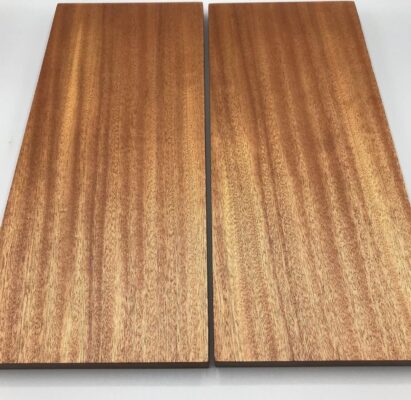 |
| Iroko | Iroko wood has a light to dark brown color, with clear grain and straight grain. Iroko wood is highly durable and resistant to termites and water. | Iroko wood is widely used in interior design, flooring, boatbuilding, and exterior design. | 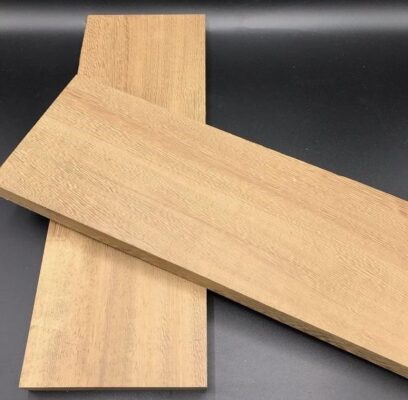 |
| Pachyloba | Pachyloba wood has a color ranging from light red-brown to dark red-brown, with beautiful, curved, and straight grains. | Pachyloba wood is a strong and durable wood that is suitable for use in doors, frames, stairs, vehicle bodies, furniture, and sporting goods. |  |
What are the Outstanding Characteristics of Hardwood?
Advantages of Hardwood:
- Beauty: Hardwoods are some of the most beautiful woods in the world. Their rich grain patterns and colors can add a touch of luxury to any home.
- Durability: Hardwoods are very durable and can last for many years with proper care. This makes them a good investment for furniture, flooring, and other applications where durability is important.
- Sustainability: Hardwoods can be sustainably harvested if managed properly. Many organizations are working to promote sustainable forestry practices.
Disadvantages of Hardwood:
- Cost: Hardwoods are often more expensive because they are difficult to grow and harvest.
- Workability: Hardwoods can be more difficult to work with than softwoods. This is because they are denser and have a more complex grain structure.
- Growth rate: Hardwoods will usually take longer to recover because of their slow growth rate.
Prominent Applications of Hardwood
Hardwood is mainly used to make laminate flooring, furniture, and architectural and construction projects that require high quality and durability. Besides, some other applications of hardwood include shipbuilding, fences, gates, and timber frames of buildings.
What is Softwood Timber?
Softwood timber is wood that comes from coniferous trees, which are cone-bearing trees with needle-like or scale-like leaves. Softwood typically has a lower density and is lighter in weight than hardwood. They are often used in furniture design, construction, and as raw materials for paper production.

What are some Typical Examples of Softwood?
At K-TIMBER, we offer several popular softwood types such as:
| Types of wood | Characteristic | Applications | Image |
| Eucalyptus | Eucalyptus wood is red to light brown in color. The sapwood is cream-white in color, lighter than the heartwood. This type of wood has good resistance to termites and warping. | Eucalyptus wood is widely used in construction for structural support in buildings and interior design, such as table tops. |  |
| Acajou D’Afrique | Acajou D’Afrique wood is red-brown in color, with beautiful striped grain, fine texture, and good resistance to termites and warping. | Acajou D’Afrique wood has good water resistance so it is used for shipbuilding, and exterior carpentry (building facades) | 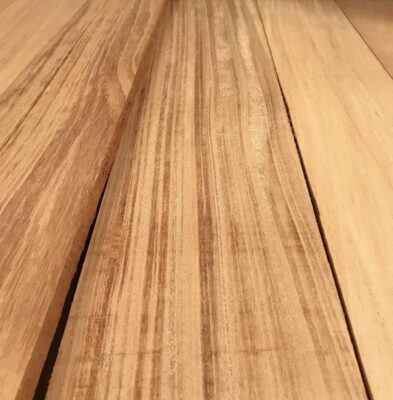 |
What are the Outstanding Characteristics of Softwood?
Advantages of Softwood:
- Affordable: Softwoods are generally more affordable than hardwoods.
- Sustainable: Softwood trees grow faster than hardwood trees, making them a more sustainable resource.
- Versatile: Softwoods can be used for a wide range of applications, including construction, furniture making, and paper production.
- Easy to work with: Softwoods are relatively easy to cut, saw, and nail.
Disadvantages of Softwood:
- Less durable: Softwoods are generally less durable than hardwoods, making them more susceptible to dents, scratches, and wear and tear.
- Less fire resistant: Softwoods are also less fire resistant than hardwoods.
Prominent Applications of Softwood
Softwood timber is the primary material used in construction framing. It is also used for siding, roofing, and other exterior applications. In addition, softwood is also widely used in the production of high-end furniture, paper production, or making pallets and shipping crates.
Hardwood Timber and Softwood Timber FAQs
Is Softwood More Environmentally Friendly Than Hardwood?
Softwood is generally considered more environmentally friendly than hardwood because it grows faster. This means that softwood forests can be replenished more quickly, which reduces the environmental impact of harvesting. However, hardwood is typically more durable and lasts longer, so it may be a better choice for applications where longevity is important.
Which type of timber is better?
The best type of wood for a particular application depends on the specific requirements. After learning the difference between hardwood and softwood, you can see that hardwood is often more expensive than softwood but is more durable and more resistant to rot. Softwood is more affordable and easier to work with, but it is not as strong or durable as hardwood.
How fast does softwood grow?
Softwood trees can grow to maturity in as little as 25 years, depending on the species and environment.
How fast does hardwood grow?
Hardwood trees grow more slowly than softwoods and can take up to 100 years or more to reach maturity.
Where to buy Hardwood Timber and Softwood Timber in bulk?
Are you looking for a quality, bulk hardwood and softwood timber supplier in Africa for your project? K-TIMBER is one of the best options for buying hardwood and softwood in bulk.
With over 20 years of experience in exporting timber to European, American, and Middle Eastern markets, as well as strong relationships with the Angolan government, we are confident in providing high-quality, accurate wood products at up to 20% lower prices than the market.
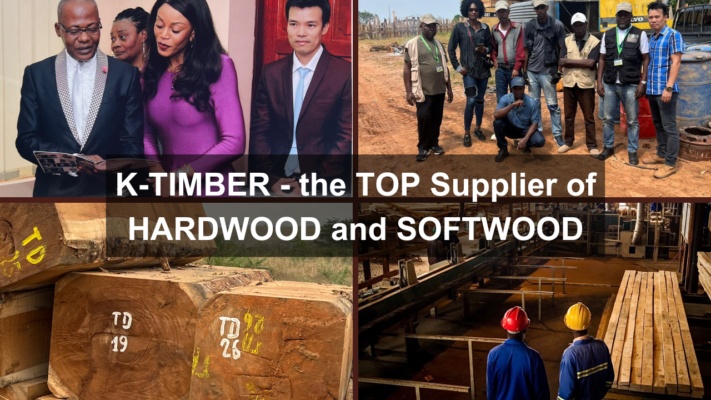
In addition, we are proud to have a team of experienced and highly qualified staff in Angola and Vietnam. They not only have in-depth knowledge of Angolan wood species but also understand the import process, quality management, and related legal requirements.
Furthermore, we have many HATC Wood African (K-TIMBER) satellite sawmills equipped with modern equipment to ensure the highest quality of natural wood. Wood is treated according to international standards, including standards for moisture content, size, and surface quality. And especially, Angola wood at K-TIMBER is always available in stock in large quantities, always ready to be shipped at any time upon customer request.
With a wide range of hardwood and softwood products, K-TIMBER can meet all customer requirements, making it a reliable partner for construction and manufacturing projects around the world.
To receive detailed quotation information and product consultation, please contact K-TIMBER at the following address:
- Phone: (+84) 833333914
- Whatsapp: (+84) 833333914
- Email: [email protected]
Learn more: 6 Biggest Differences Between the Timber and Lumber
Hopefully, through this article, you have got an overview of the difference between hardwood and softwood. These are two important types of wood that are widely used in many different applications. Understanding the characteristics of each type of wood will help you choose the type of wood that suits your needs.






